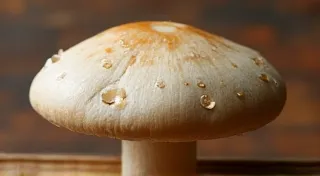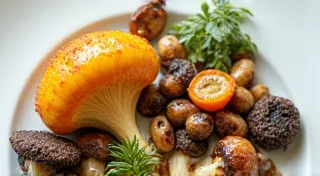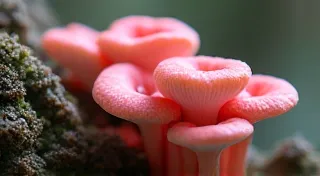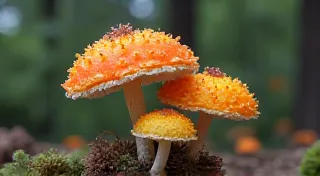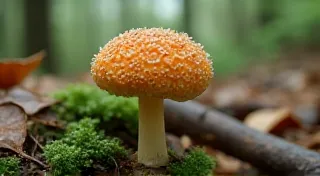Substrate Preparation: The Foundation for Mushroom Growth
Successful mushroom cultivation, especially when venturing into the world of exotic and gourmet varieties, hinges on one crucial element: substrate preparation. It's more than just throwing some material into a container – it's about creating a nutritious, sterile, or pasteurized environment that allows your chosen mushroom species to thrive. A poorly prepared substrate can lead to contamination, stunted growth, and ultimately, a failed harvest. This article will guide you through the essential steps for creating a robust foundation for your mushroom growth.
Understanding Substrates: What to Choose?
Substrates are the "food" for your mushrooms. Different mushroom species have different preferences. While some are quite adaptable, understanding their ideal substrate allows for optimal yields and quality. Here are a few common types:
- Straw: Often used for oyster mushrooms and wine cap mushrooms, straw is relatively easy to source and process. It's typically pasteurized, not sterilized.
- Hardwood Pellets/Sawdust: Popular for shiitake, lion's mane, and other wood-loving species. These require sterilization.
- Coco Coir: A sustainable option derived from coconut husks, coco coir offers excellent water retention and aeration. It’s often blended with vermiculite and is usually sterilized.
- Vermiculite: Primarily used as a supplement to other substrates, vermiculite improves aeration and water retention.
- Coffee Grounds: Spent coffee grounds can be a great sustainable option, often used for oyster mushrooms. Requires careful pasteurization.
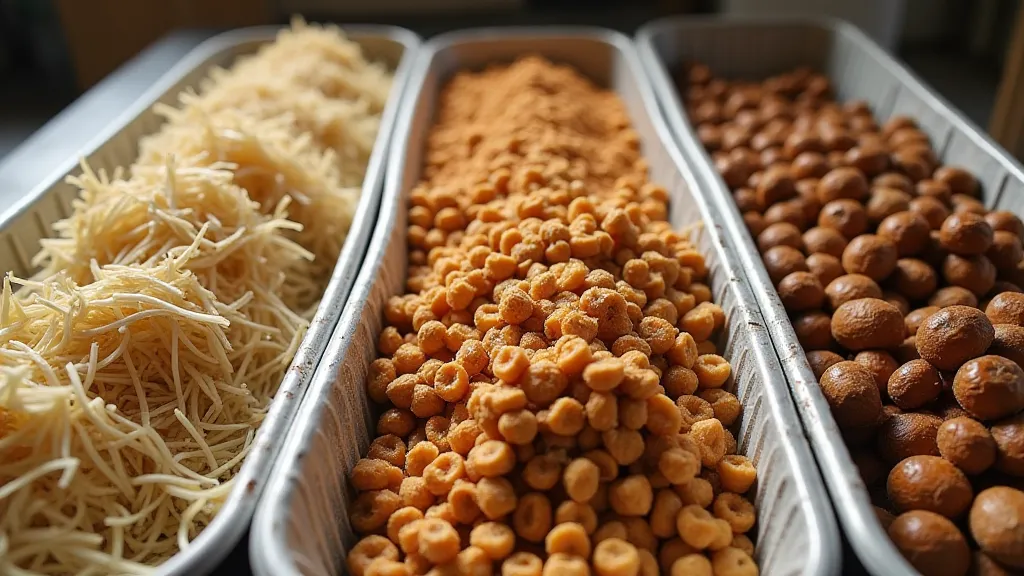
Sterilization vs. Pasteurization: Which Do You Need?
The level of heat treatment your substrate requires depends on the mushroom species and your contamination risk tolerance.
Sterilization
Sterilization completely eliminates all living organisms, including bacteria, molds, and spores. It's generally necessary for mushrooms that are highly susceptible to contamination or require a very clean starting environment.
Methods:
- Pressure Cooker: The most common method. Substrates are packed into autoclavable bags or jars and cooked at 15 PSI for 90-120 minutes, depending on volume.
- Autoclave: Similar to a pressure cooker but larger and more industrial.
Pasteurization
Pasteurization reduces the number of competing organisms, but doesn't eliminate them entirely. It’s suitable for more robust mushroom species that can outcompete contaminants.
Methods:
- Hot Water Bath: Substrates are submerged in hot water (around 160-180°F / 71-82°C) for 60-90 minutes.
- Lime Bath: Raising the pH of water with lime creates an environment less hospitable to some contaminants.
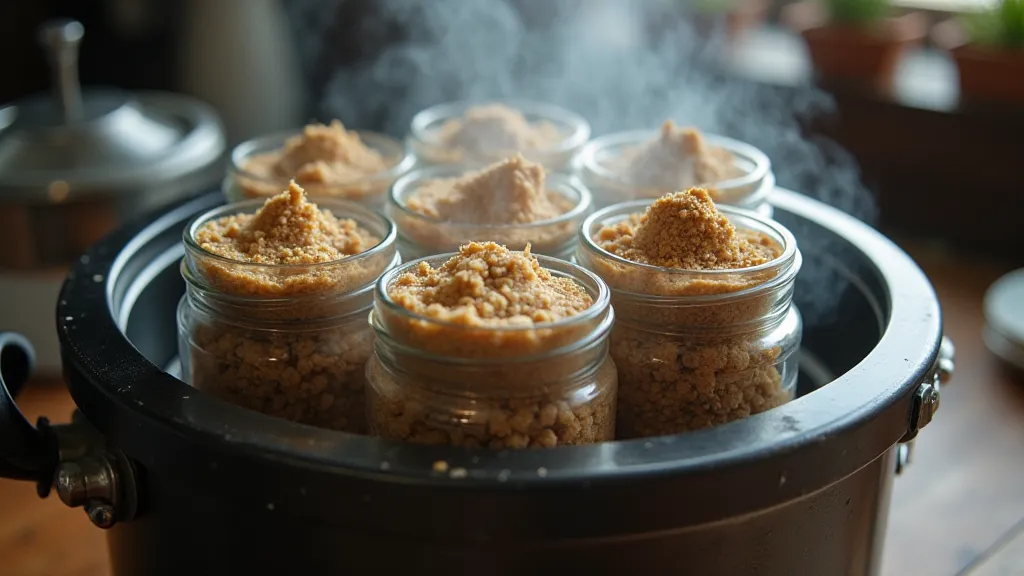
Step-by-Step Substrate Preparation (Hardwood Pellets as Example)
Let’s outline a general process using hardwood pellets, a common substrate for many gourmet varieties:
- Hydration: Hardwood pellets are initially very dry. Add water to achieve a moisture content of around 55-65%. A good rule of thumb is to add approximately 3-4 parts water to 1 part pellets by weight. The substrate should feel moist but not soggy.
- Bagging/Jarring: Pack the hydrated pellets into autoclavable bags or wide-mouth jars. Leave some space at the top for pressure to build during sterilization.
- Sterilization: Place the bags/jars in a pressure cooker and sterilize at 15 PSI for 90-120 minutes.
- Cooling: Allow the substrate to cool completely (to below 80°F/27°C) before inoculation. This is crucial to prevent the mycelium from being damaged by residual heat.
Important Considerations
- Water Quality: Use filtered or distilled water for best results.
- Contamination Prevention: Work in a clean environment, sanitize all equipment, and wear gloves.
- Record Keeping: Maintain detailed records of your substrate recipes, sterilization times, and inoculation dates.
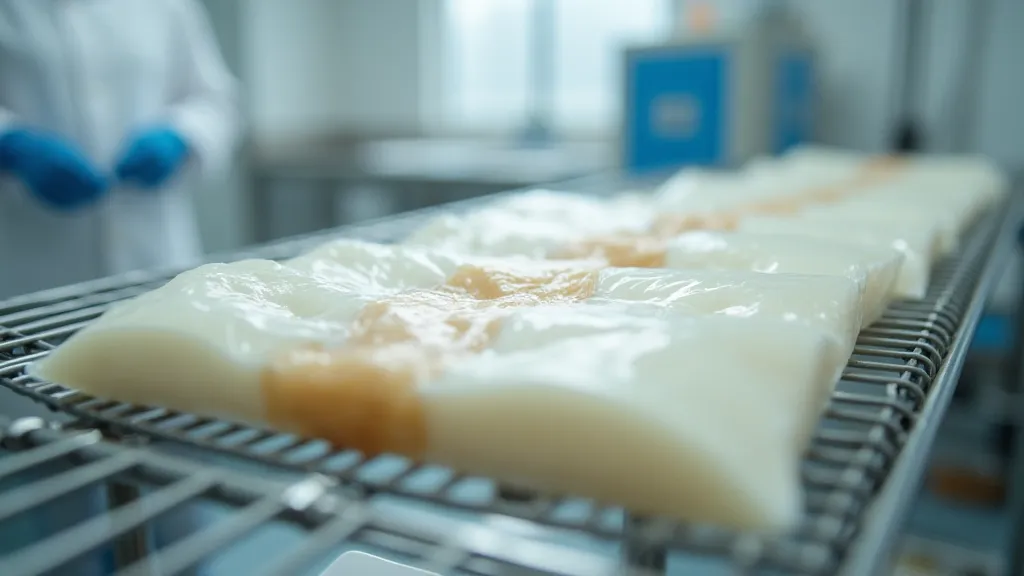
Mastering substrate preparation is an investment in the success of your home mushroom cultivation journey. By understanding the nuances of different substrates and sterilization methods, you’ll be well on your way to cultivating a bountiful harvest of exotic and gourmet mushrooms.
